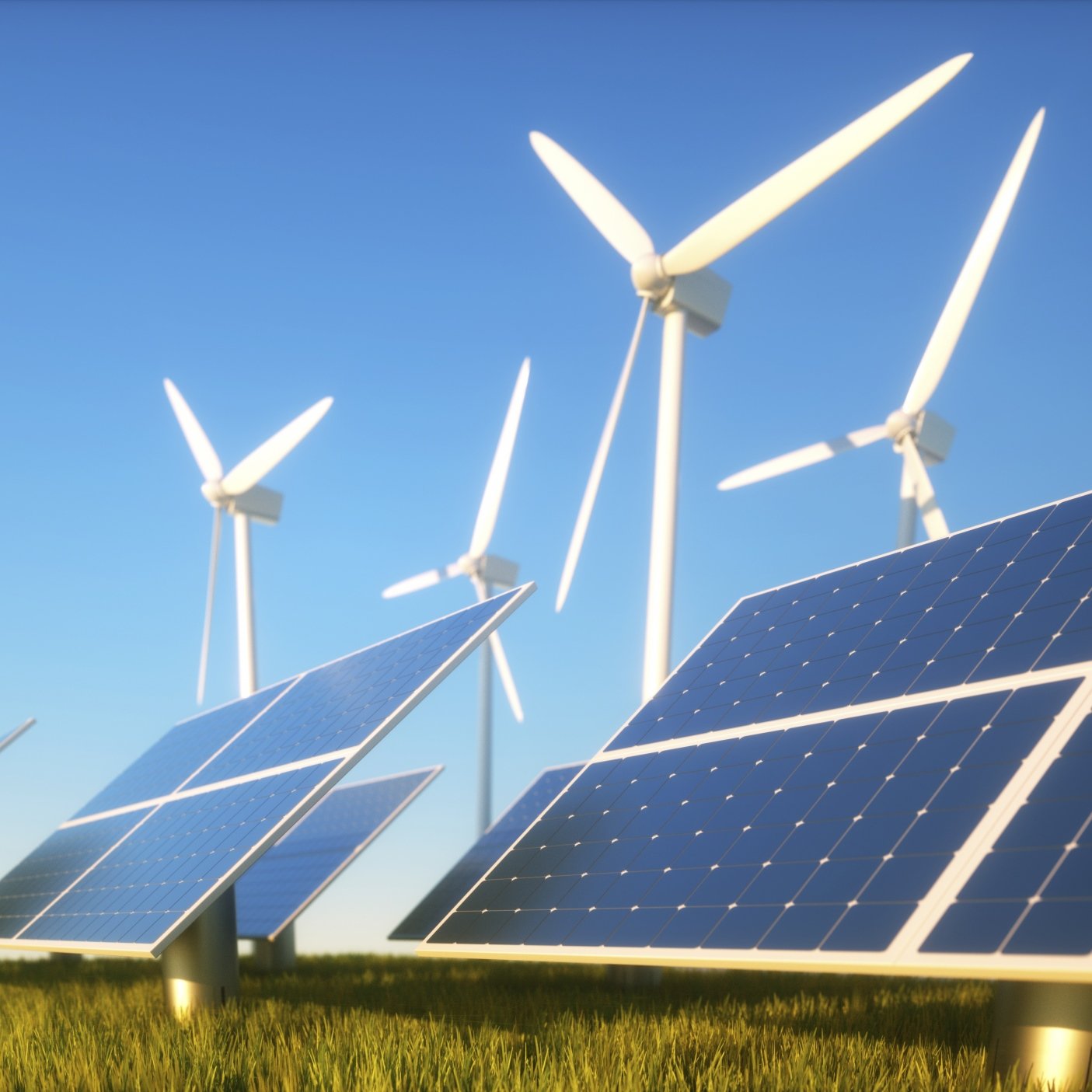Energy
China Replaces US as Largest Producer of Renewable Energy

Published:
Last Updated:

China’s total electric power generation capacity from renewable sources now represents 20.5% of the world’s total while the U.S. share is 20%. China is now the world’s leading producer of electricity from renewable sources.
Global growth of electric power generation from renewable sources (excluding hydropower) rose 14.1% year over year in 2016, the largest-ever incremental growth for renewables according to BP’s Statistical Review of World Energy. China contributed 40% of the world’s annual growth last year, substantially above the 16.9% U.S. growth in generation from renewable sources.
The BP report noted that while wind continues to produce the largest increase in renewable power, solar is quickly catching up:
It took around 20 years for the share of countries producing a sizeable amount of wind power to increase from 15% to 75%; solar achieved the same degree of diffusion in less than half that time. In sharp contrast, nuclear energy plateaued at less than half the number of countries.
World coal production fell by 6.2% year over year in 2016, the largest decline on record. Chinese production fell by 7.9% and U.S. production fell by 19%.
Coal consumption fell by 1.7% globally, its second consecutive decline. U.S. consumption fell 8.8% and Chinese consumption fell by 1.6%. Coal consumption in the United Kingdom fell by a whopping 52.5%, the lowest level BP has ever recorded. Coal’s share of global primary energy consumption fell to 28.1%, its lowest level since 2004.
Carbon emissions rose by 0.1% year over year in 2016 and during the three-year period between 2014 and 2016, carbon emissions growth has been at its lowest since 1981 to 1983. In the prior 10 years, carbon emissions grew at an average of 2.5% annually.
Is the decline in emissions a long-term transition or a short-run adjustment? BP sees China as the key to answering that question:
China’s carbon emissions are estimated to have actually fallen over the past two years, after growing by more than 75% in the previous 10 years. … [T]here are good reasons for thinking that some of this improvement in China’s carbon emissions reflects structural factors that are likely to persist: slower economic growth; a shift in the composition of growth towards less energy-intensive sectors, and a movement away from coal. But some probably reflects cyclical factors, particularly the contractions in some of China’s most energy intensive sectors, which are unlikely to keep being repeated and may well unwind in future years.
BP’s Statistical Review of World Energy also contains data on the use and consumption of other energy sources and is available at the company’s website.
Finding a qualified financial advisor doesn’t have to be hard. SmartAsset’s free tool matches you with up to 3 fiduciary financial advisors in your area in 5 minutes. Each advisor has been vetted by SmartAsset and is held to a fiduciary standard to act in your best interests. If you’re ready to be matched with local advisors that can help you achieve your financial goals, get started now.
Thank you for reading! Have some feedback for us?
Contact the 24/7 Wall St. editorial team.